
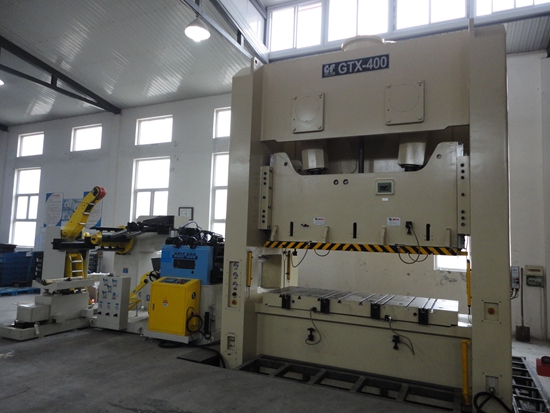
Plasma welding
A plasma is a gas which is heated to an extremely high temperature and ionized so that it becomes electrically conductive. Similar to GTAW (Tig), the plasma arc welding process uses this plasma to transfer an electric arc to a work piece. The metal to be welded is melted by the intense heat of the arc and fuses together. Plasma gases are normally argon. The torch also uses a secondary gas, argon, argon/hydrogen or helium which assists in shielding the molten weld puddle thus minimizing oxidation of the weld.
Electric resistance welding ERW refers to a group of welding process such as spot and seam welding that produce coalescence of fay surfaces where heat to form the weld is generated by the electrical resistance of material combined with the time and the force used to hold the materials together during welding. Some factors influencing heat or welding temperatures are the proportions of the work-pieces, the metal coating or the lack of coating, the electrode materials, electrode geometry, electrode pressing force, electrical current and length of welding time. Small pools of molten metal are formed at the point of most electrical resistance (the connecting or "faying" surfaces) as an electrical current (100–100,000 A) is passed through the metal.
Electric resistance welding
Electric resistance welding advantage:
(01) Metallurgical process is easy, Short heating time, concentrated heat,
(02)It does not require filler metals such as wire and electrode, as well as welding materials such as oxygen, acetylene and hydrogen, and low welding cost.
(03)Simple operation, easy to achieve mechanization and automation, improved production efficiency.
In general, resistance welding methods are efficient and cause little pollution, but their applications are limited to relatively thin materials and the equipment cost can be high. It is mainly used for the regular welding line such as the round, square, rectangle, and so on.
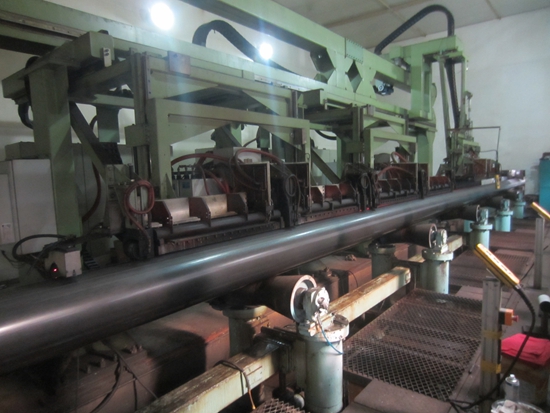
![]()
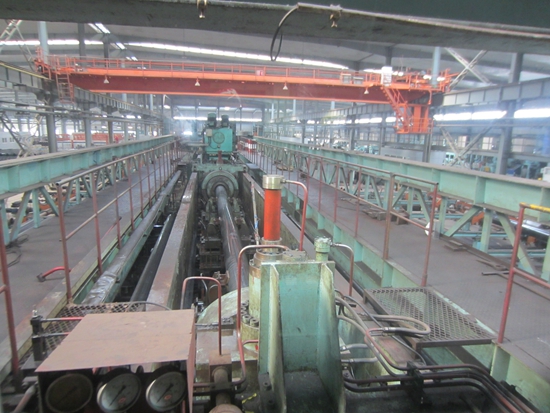
Submerged-arc welding
Submerged arc welding (SAW) is a common arc welding process. The first patent on the submerged-arc welding (SAW) process was taken out in 1935 and covered an electric arc beneath a bed of granulated flux. The process requires a continuously fed consumable solid or tubular (metal cored) electrode. The molten weld and the arc zone are protected from atmospheric contamination by being "submerged" under a blanket of granular fusible flux consisting of lime, silica, manganese oxide, calcium fluoride, and other compounds. When molten, the flux becomes conductive, and provides a current path between the electrode and the work. This thick layer of flux completely covers the molten metal thus preventing spatter and sparks as well as suppressing the intense ultraviolet radiation and fumes that are a part of the shielded metal arc welding (SMAW) process.
Plasma Arc Welding Application: Plasma Arc Welding is Widely used in industrial production, especially aerospace and military and cutting-edge industrial technology used in copper and copper alloy, titanium and titanium alloy, alloy steel, stainless steel, molybdenum and other metal welding, such as titanium alloy missile shell, aircraft Some thin-walled containers and so on. Plasma Arc Welding is normally used to the 0.8 to 15mm thickness steel.
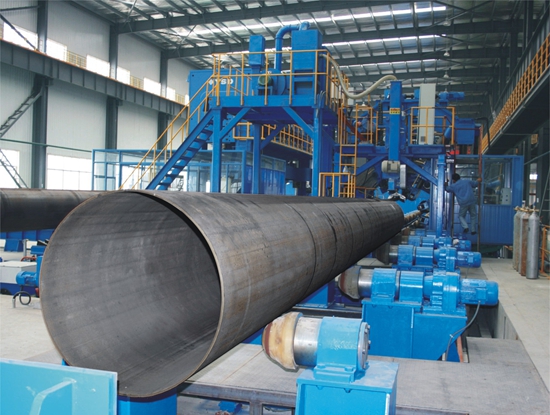
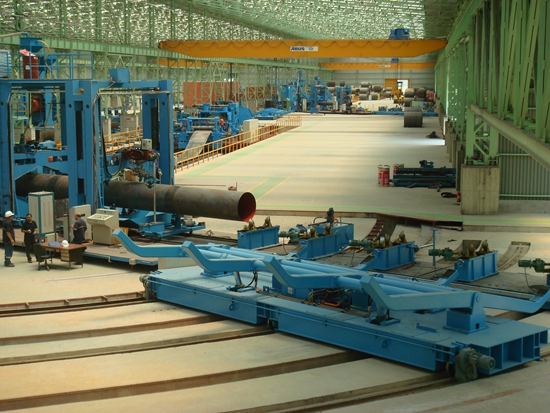
Manual metal arc welding
The manual metal arc welding also called the shielded metal arc welding (SMAW) is the most extensively used manual welding process which is done with stick (coated) electrodes. While its use is decreasing in comparison to the other arc welding processes in the USA, in India, it still is the most used arc welding process. This process is highly versatile and can be used extensively, for both simple as well as sophisticated jobs. Further, the equipment is least expensive compared to that being used in other arc welding processes. Welds by this process can be made in any position.
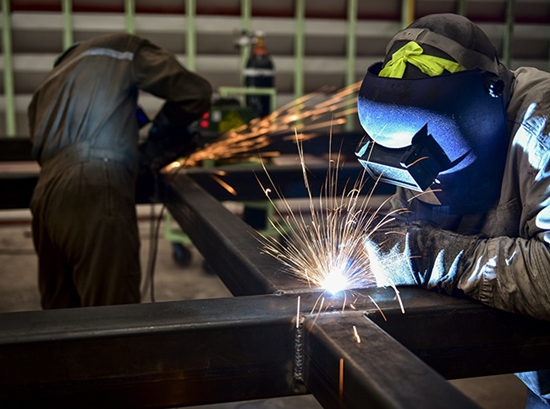
Job of any thickness can be welded by shielded metal arc welding. But very small thickness esbelow 3 mm may give rise to difficulty in welding because of their lack of rigidity. Similarly very large thicknesses above 20 mm may take a long time for filling up the joint groove.
The shielded metal arc welding can be done with either AC or DC power sources. The typical range of the current usage may vary from 50 to 500 A with voltages from 20 to 40 V.
manual metal arc welding is normally used for the big project or equipment that it difficult to use the machine welding.
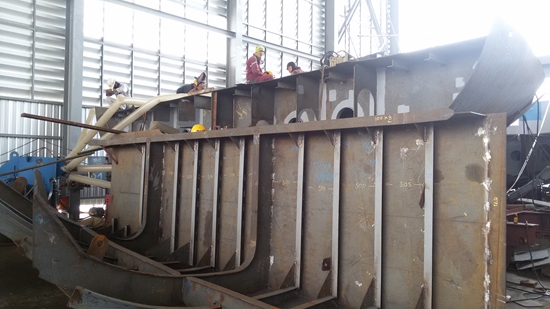
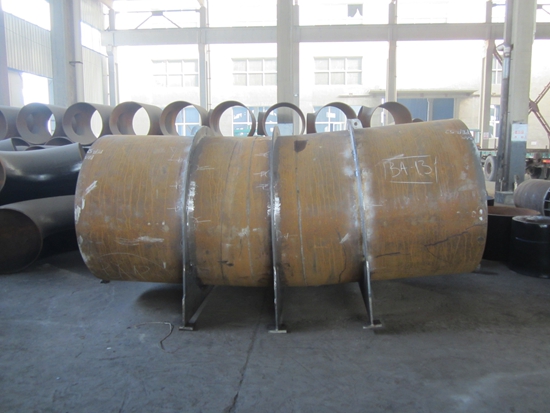
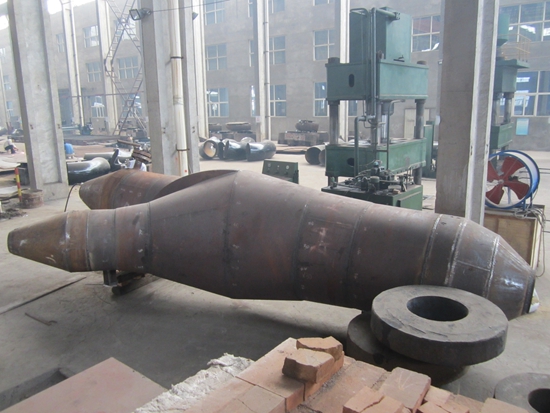
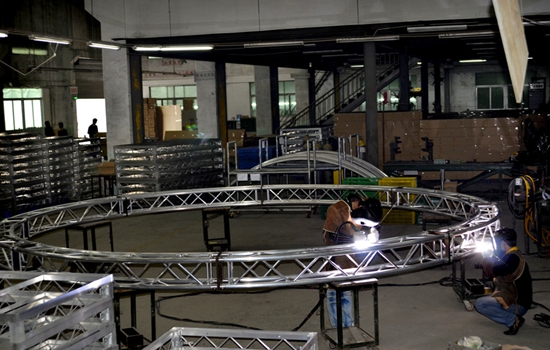
Contact Us
HENAN BEBON IRON&STEEL CO.,LTD.
Submit demands online